Mongolia looking to diversify economy beyond mining sector
Mining is currently the lifeblood of Mongolia's economy, making up about a quarter of the country’s gross domestic product (GDP).
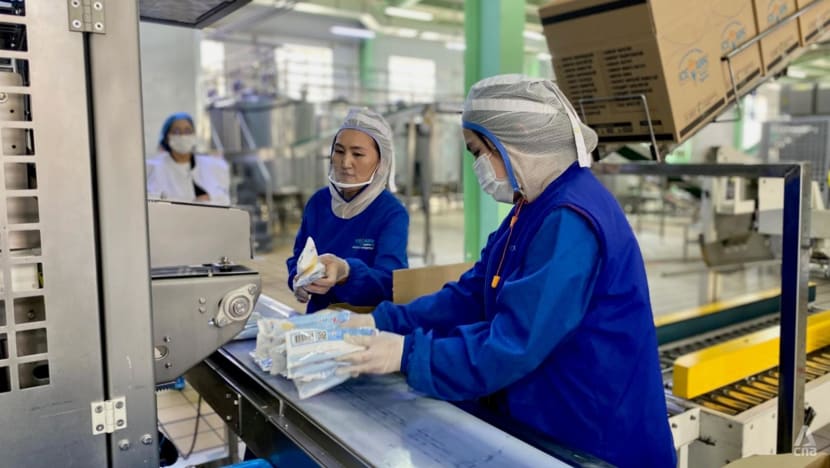
TESO Group’s ice cream factory. (PHOTO: OLIVIA SIONG/CNA)
Mongolia is looking to diversify its economy beyond the mining sector.
The country has the potential to become an energy transit corridor with a new gas pipeline in the works running from Russia to China, said analysts, adding that there is also potential in tourism and the renewable energy sector.
Currently, mining is the lifeblood of Mongolia's economy, making up about a quarter of the country’s gross domestic product (GDP).
Mongolia has a vast land area and 300 sunny days per year, something which its government has been looking at how to monetise and export.
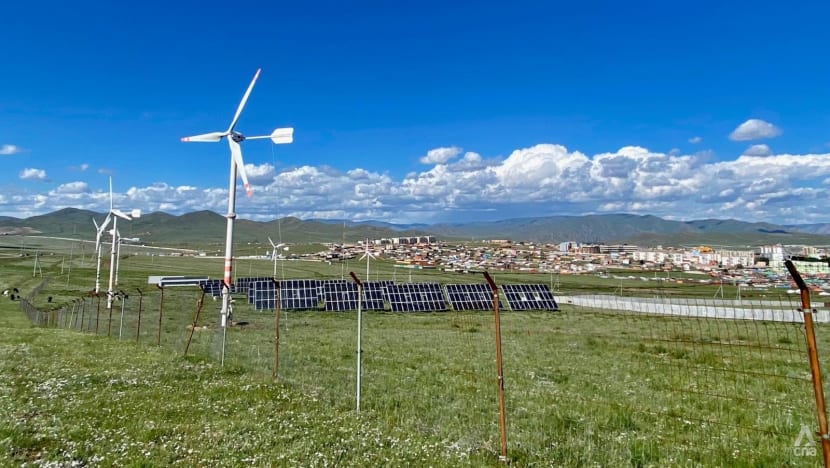
“Mongolia's connectivity (is) towards the Far East, Japan, Korea, perhaps even North Korea, and also to the West and to the markets west of Kazakhstan, European markets. It's a great opportunity for Mongolia, if they can get the policies right,” said Mr Chris Devonshire-Ellis, founder and chairman of professional services firm Dezan Shira & Associates.
“Out of all of that region of the Far East, Mongolia is a country that has the least amount of conflicts. Everyone else has border disputes. Mongolia doesn’t. So geopolitically, it's managed to position itself very well.”
BENEFITING FROM INFRASTRUCTURE BOOM
Much of the country’s infrastructure has been focused on increasing its mining exports to China.
Mongolia has one main railroad that runs from Russia to China, through the centre of the country and capital Ulaanbaatar.
Listen to the CNA Correspondent podcast:
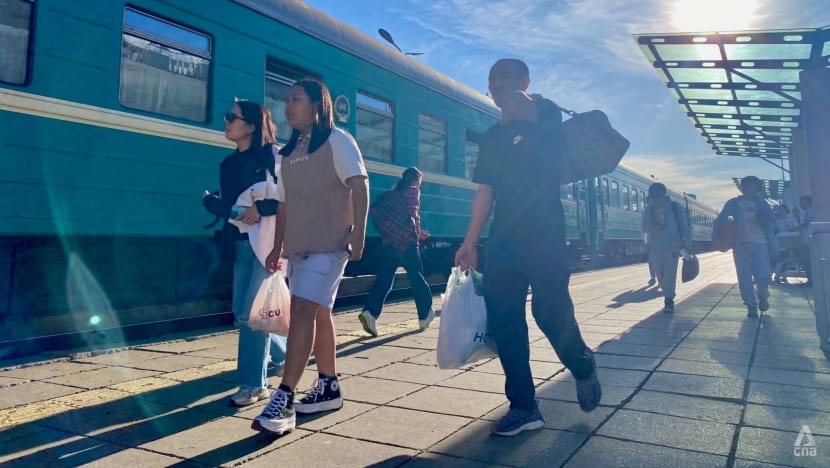
But a new branch line has been constructed in just eight months, touted as a new gateway for transporting Mongolia’s mining minerals into China.
It is part of about 900km of new rail lines that were built and put into operation last year.
Some businesses in Mongolia have benefited from an infrastructure boom, with more railways and roads being built in recent years, partly due to China’s ambitious Belt and Road Initiative (BRI).
Mongolian food production company TESO Group, for instance, started exporting its ice cream to neighbouring China in August this year, in hopes of tapping the massive 1.4 billion people market.
It is not the company’s first experience in the Chinese market. Nine years ago, it began shipping its milk powder across the border.
“In modern times, the development of infrastructure means that the logistics fee on each product decreases, which opens the opportunity for the products to compete in both the national and international markets,” said TESO Group chief executive officer Bolor S.
But beyond product development and distribution, there are more challenges to overcome to break into a new market, she said.
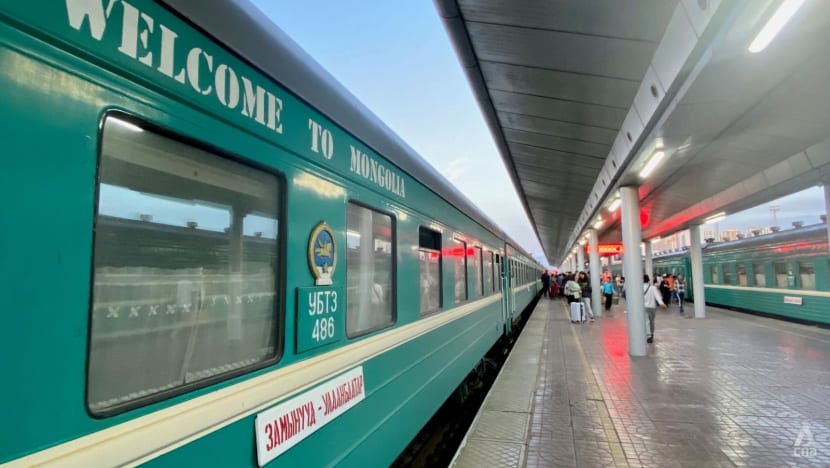
“We can't wholly understand a market by just going on a few business trips,” she added.
“While we are doing a lot of data-based research, we need to find the right partners to meet, to understand the soul of the market, which is quite a huge task.”
MONGOLIA’S TALENT DEMAND
There is a growing demand for Mongolian workers who have studied in China.
“When I first went to China, I didn't even know how to say hello in Mandarin,” said Ms Anudari Iderborgil, an undergraduate at a Chinese university in Hangzhou speaking to CNA in Mandarin.
The 24-year-old is on a Silk Road scholarship offered by the Chinese government. It is estimated that 10,000 government scholarships are given out by China to students in countries along the Belt and Road each year.
The communications engineering major believes her education will put her in good stead.
“I studied in China, so I (can speak) two languages, and I know Chinese culture and people, so I think these will help me find a job,” she added.
“I hope these are also things that will help me in my work.”
MONGOLIA’S LARGEST TRADING PARTNER
Trade has more than doubled between China and countries along the Belt and Road since the infrastructure project was launched a decade ago.
According to Chinese data, trade reached US$1.8 trillion last year, up from more than US$880 billion in 2013.
For Mongolia, China is its largest trading partner and those on the border have benefited from this.
Ms Bao Dexiao, who is from China’s Inner Mongolia province, has had long ties with her clients from neighbouring Mongolia. The 48-year-old once earned a living as a guide for visitors.
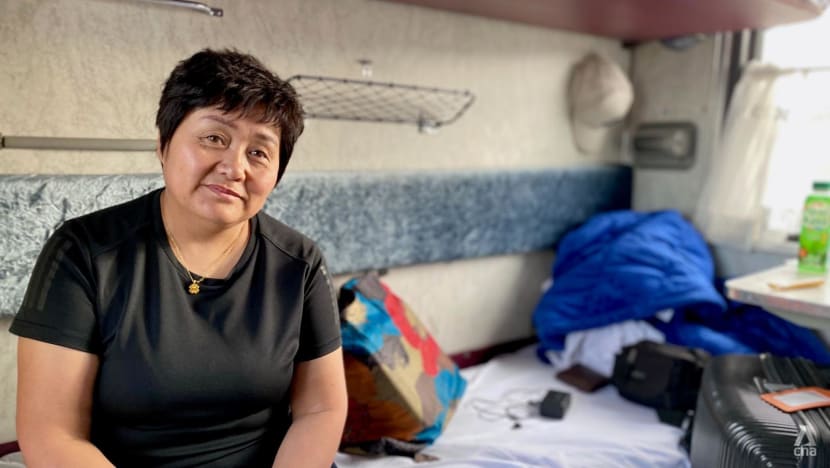
“I used to work with them in Beijing. They would go to Beijing to see the doctor, buy things and go to the factories and I brought them there,” she said.
“We are from Inner Mongolia, and we can communicate with them. When they come to China, they usually can't speak Chinese and they need us.”
After the COVID-19 pandemic hit, Ms Bao started a small logistics firm in Erenhot, China’s border city with Mongolia, to help Mongolian clients acquire Chinese goods to send across the border.
ERENHOT CRUCIAL TO BELT AND ROAD
Erenhot, the largest land port on the China-Mongolia border, accounts for about 70 per cent of cross-border trade.
The border port has seen import and export cargo volumes exceed more than 10 million tonnes in the first seven months of this year, up by close to 70 per cent year-on-year.
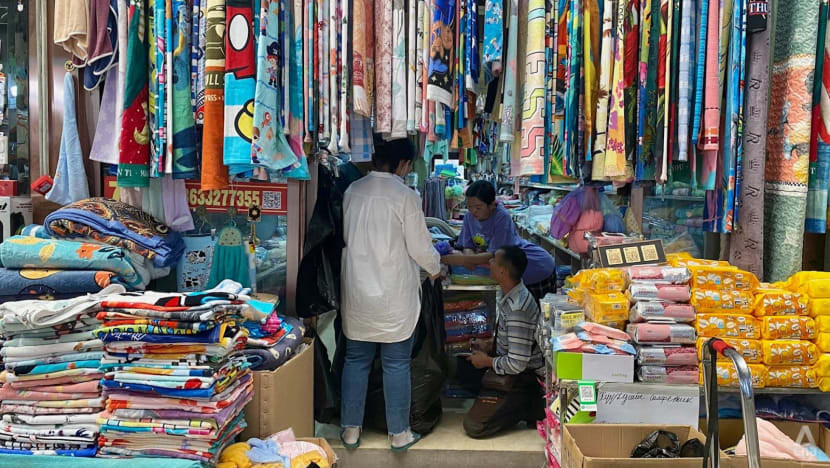
Erenhot is seen as crucial to the massive BRI project, facilitating trade among China, Mongolia and Russia as part of an economic corridor the three countries agreed on. It is also looking to position itself as a tourism spot.
“The change has been so big. When we first came here, it was all barren land and there was nothing here. It was like a desert,” said Ms Zhang Xiaofang, who has been living and working in Erenhot for 30 years.
“It has become more convenient. Roads have been repaired, the highway has been built and there are flights, so getting in and out is more convenient.”
She runs a shop selling towels in a market frequented by Mongolian visitors.
DOUBLE-EDGED SWORD
Some other businesses agreed, but added that increased transport links have been a double-edged sword.
“Many Mongolians have chosen to go directly to (factories in) Guangzhou (to purchase goods),” said Erenhot resident Guo Xiaoli.
“Erenhot has just become a transition point for them.”
Observers echoed the view, especially with the China-Europe railway starting operations a decade ago and now reaching over 200 cities in 25 European countries.
“Before the Belt and Road, the bilateral trade between them was still relatively warm and good. After the China-European railway was put into operation, many products from China's central region were transported directly. Inner Mongolia has become a place the goods pass through.”


















